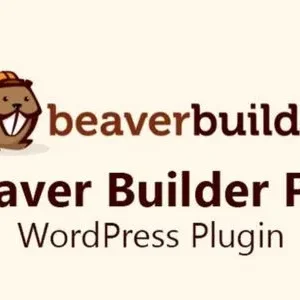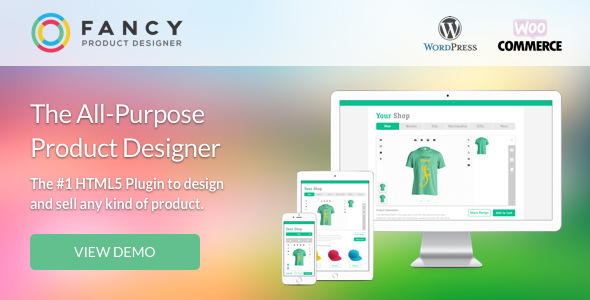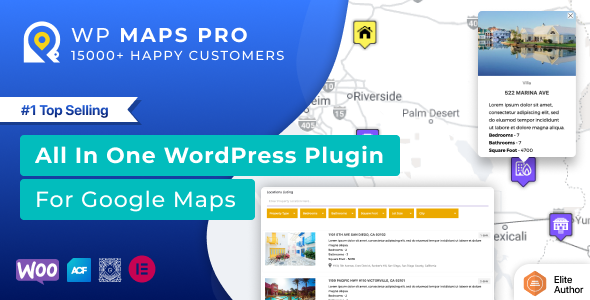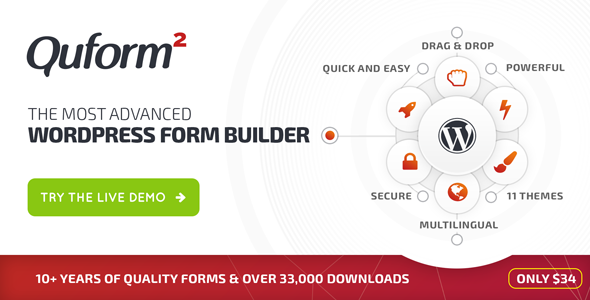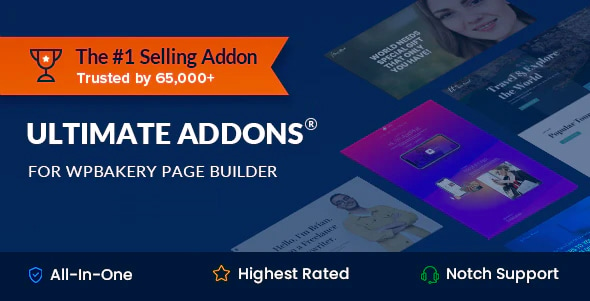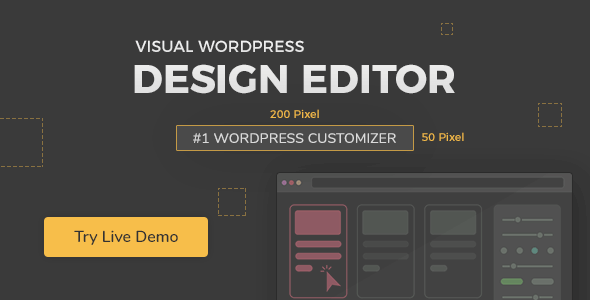Let’s outline some key features for a “Fancy Product Designer Pricing Add-on.” This assumes the add-on integrates with a product design tool (like Fancy Product Designer) and a shopping cart/e-commerce platform. The features should cater to both the customer designing the product and the store owner managing pricing.
For the Customer (Design Experience):
- Real-time Price Updates: As the customer adds or modifies design elements (e.g., text, images, clip art, different product options like size or color), the price should update instantly and clearly. No surprises at checkout!
- Transparent Pricing Breakdown: Offer a detailed breakdown of how the final price is calculated. This builds trust. For example:
- Base Product Price: $XX
- Added Text (+$X per character/word): +$XX
- Image Upload (+$X per image): +$XX
- Premium Material (+$X): +$XX
- Total: $XX
- Option-Based Pricing: Handle complex pricing based on product options. For example, a t-shirt might have different prices for short sleeves, long sleeves, different sizes (S, M, L, XL), and different colors.
- Quantity-Based Pricing: Offer tiered pricing based on the quantity ordered. “Buy more, save more” discounts should be clearly displayed.
- Design Element Pricing: Allow store owners to set prices for specific design elements:
- Price per uploaded image
- Price per character of text
- Price per use of premium clip art
- Personalized Quotes (Optional): For very complex designs or bulk orders, allow customers to request a personalized quote. This could trigger a notification to the store owner.
For the Store Owner (Admin Features):
- Flexible Pricing Rules: The add-on should allow for highly customizable pricing rules. This is crucial. Examples:
- Flat fees for design elements
- Per-character/word pricing for text
- Percentage-based markups
- Tiered pricing based on quantity
- Conditional pricing (e.g., different prices for different product types)
- Product Option Pricing Management: Easily manage pricing for all product variations (sizes, colors, materials, etc.). A matrix-style interface is often helpful here.
- Design Element Pricing Management: Set prices for customer-uploaded images, text, clip art, and other designable elements.
- Cost Tracking (Optional): Allow store owners to input their costs for materials and production. This can help calculate profit margins.
- Integration with E-commerce Platform: Seamless integration with the chosen e-commerce platform (e.g., WooCommerce, Shopify, Magento) is essential. This includes:
- Automatic price calculation and display on the product page
- Passing the final price to the shopping cart
- Order management integration
- Reporting and Analytics: Provide basic reports on sales, popular design elements, and other relevant metrics.
- Currency Support: Support multiple currencies for international sales.
- Tax Calculation (Optional): Integrate with tax calculation services to automatically calculate sales tax.
- Discount Code Integration: Allow discount codes to be applied to personalized products.
- Customization Options for the Admin Interface: Allow store owners to customize the appearance and functionality of the pricing add-on to match their brand.
Key Considerations:
- Performance: The pricing calculations should be fast and efficient, especially with complex designs.
- User Experience: Both the customer-facing and admin interfaces should be intuitive and easy to use.
- Scalability: The add-on should be able to handle a large number of products, designs, and customers.
- Security: Protect sensitive pricing data.
This comprehensive list should give you a solid foundation for developing or evaluating a Fancy Product Designer Pricing Add-on. Remember to prioritize the features that are most important to your target audience.

